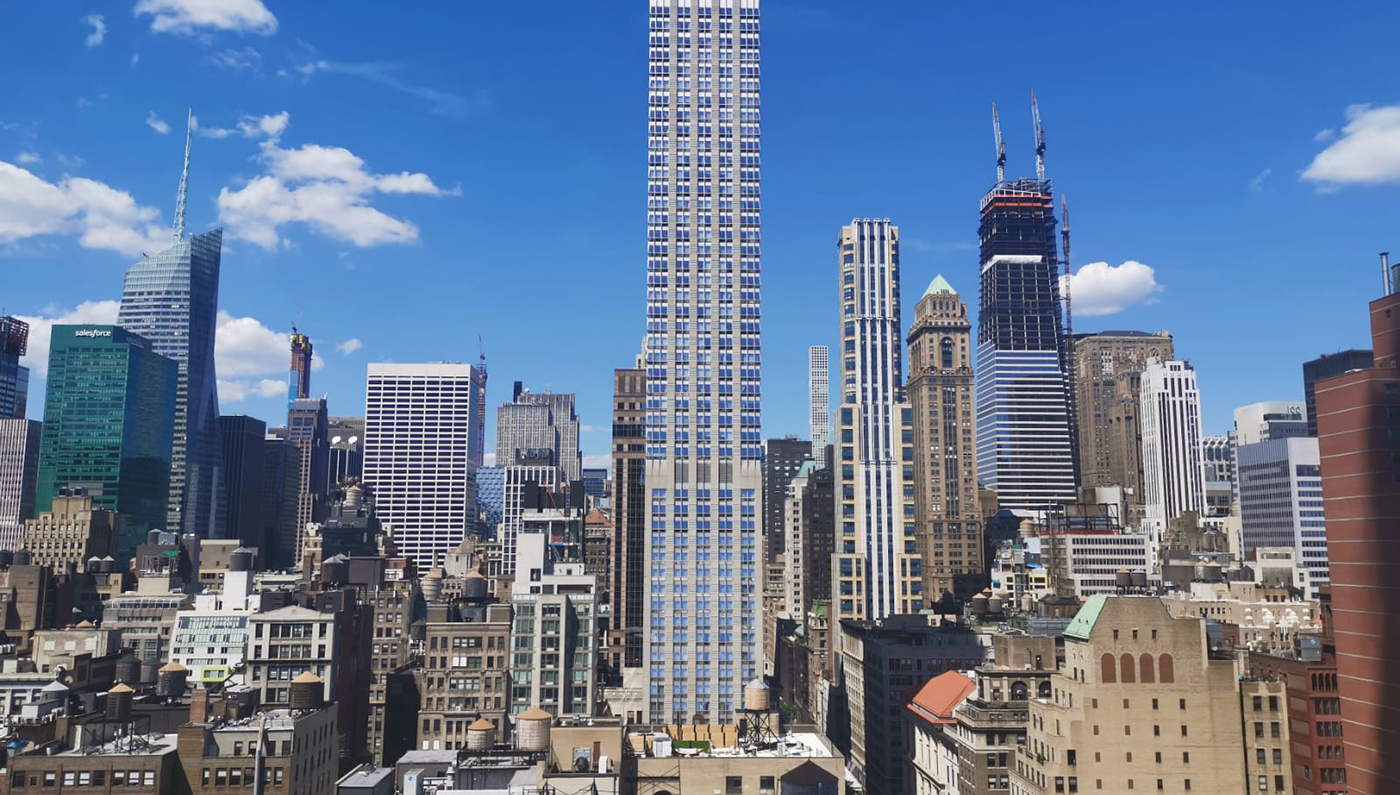What a shame that London mayor Boris Johnson has bowed to pressure and axed two so-called “chill-out” spaces at City Hall. The report in today’s FM World Daily claims that the business lounges where staff can read, eat and hold informal meetings are being removed to make way for more desks.
The “chill-out” spaces have caused controversy because of the big expense to fit them out – about £25,000 (not that much when you consider the building’s overall budget but the Evening Standard kicked up a big fuss at the time). Some chairs apparently cost nearly £900 each, four high tables cost £2,000 each and carpets added another £4,170, according to the FM World report (although that may well be the list price and a substantial discount was achieved). In any case surely setting the spaces up and then demolishing them 12 months later is the real waste of money?











